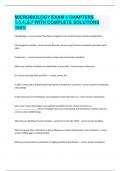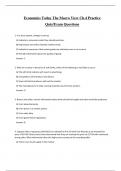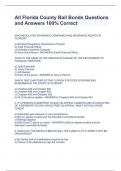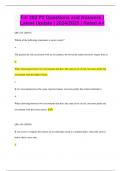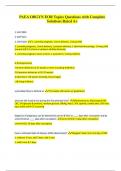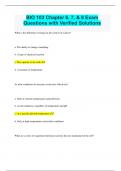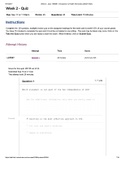Exam (elaborations)
West Coast EMT Block 2 Exam Questions and Answers 100% Accurate
- Course
- Institution
What is the process for electrical impulses of the heart? - ANSWER-- SA node (the heart's pacemaker) - Upper atrias contract - AV node sends impluses to ventricles - ventricles contract What are the different layers of blood vessels and what are the functions? - ANSWER-Tunica adventitia (oute...
[Show more]




